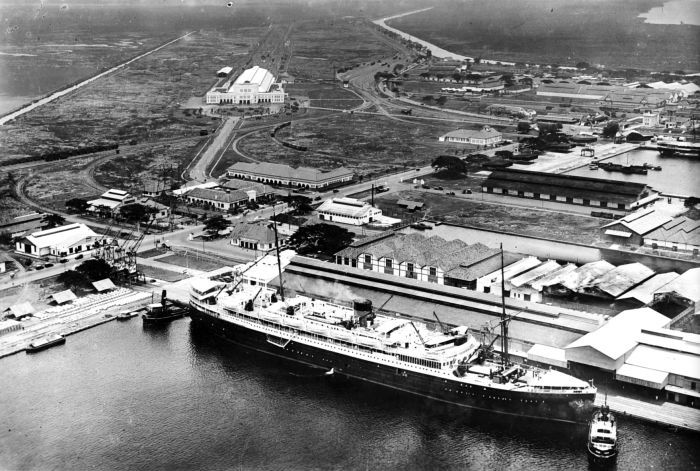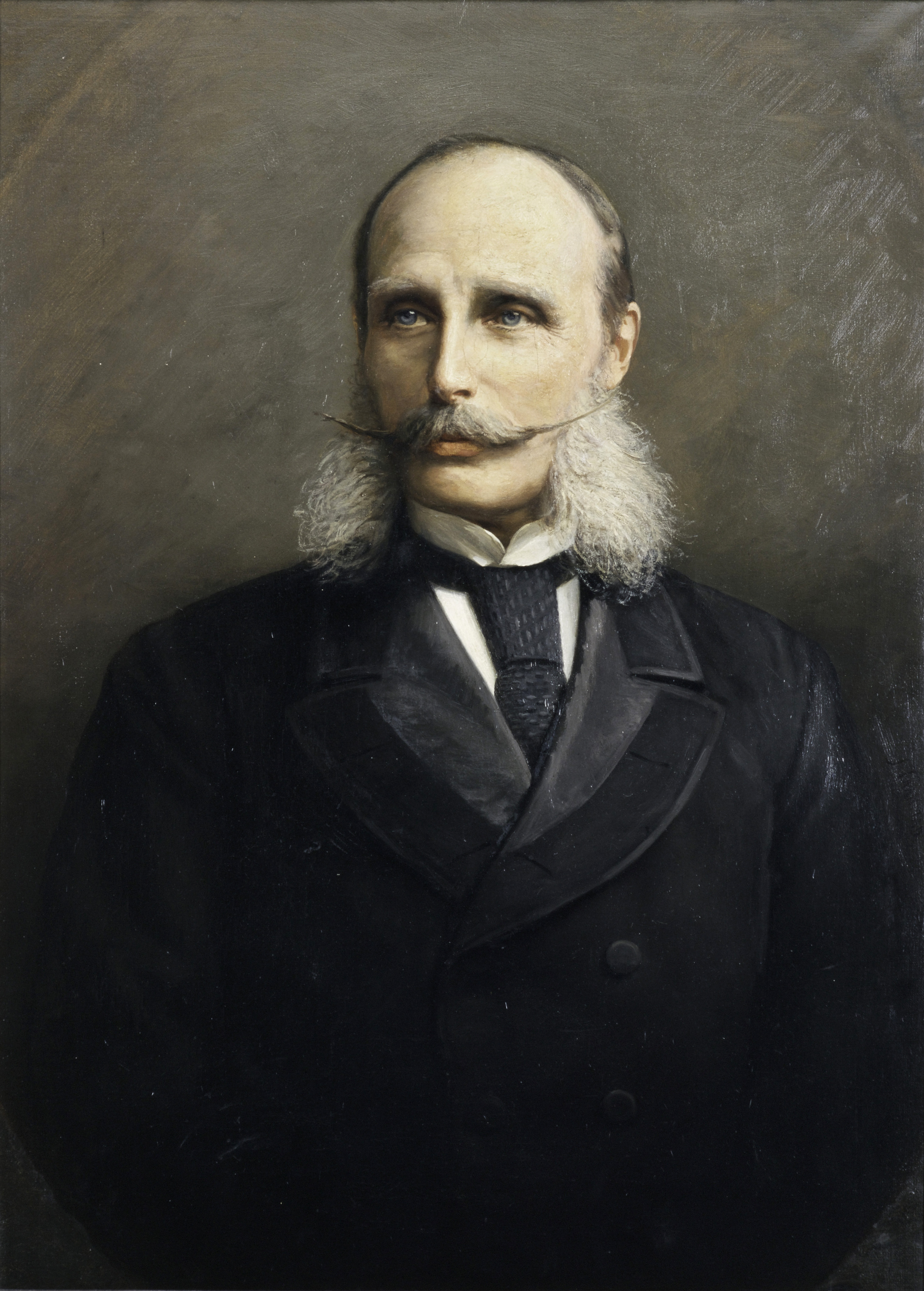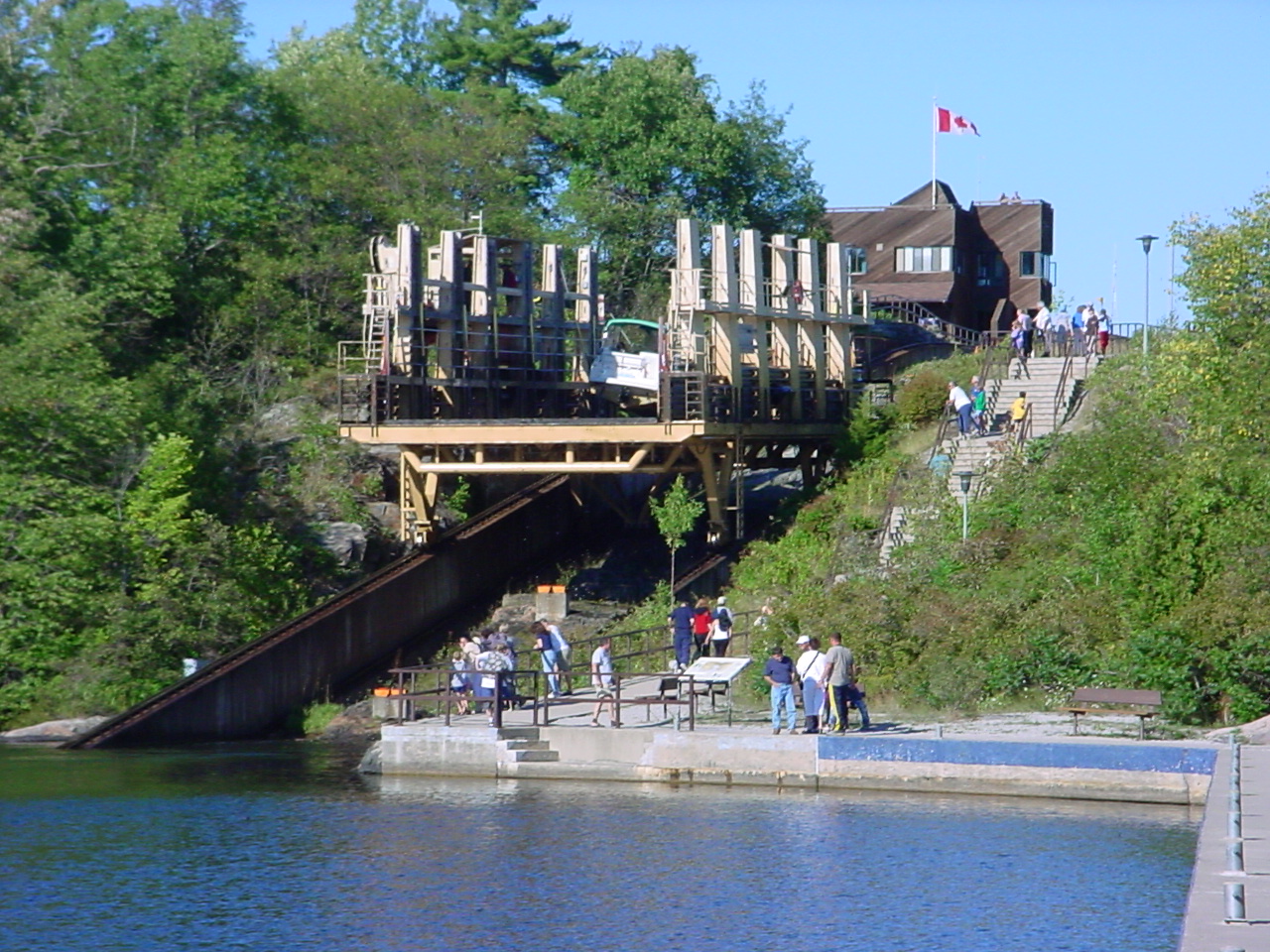|
Tanjung Priok Dock Of 4,000 Tons
''Tanjung Priok Dock of 4,000 Tons'', was a floating dry dock built for Droogdok-Maatschappij Tandjong Priok (dry dock company Tanjung Priok) in the 1890s. Context No harbor in Batavia / Jakarta The Indonesian capital Jakarta is on the shore of the Java Sea. One therefore expects it to be a port city. This was not the case for most of its history. The East India Men of the VOC and later ships could anchor before Batavia, but any cargo had to be transloaded on smaller ships in order to reach the city. Any repairs had to be done at Onrust Island, where ships could reach the shore, and could careen. The establishment of Tanjung Priok During the nineteenth century Singapore and its excellent harbor and facilities succeeded in attracting much of the trade in and with the Dutch East Indies. The Dutch government wanted to centralize the trade within the colony on Dutch ports. The same applied to the trade between the Netherlands and the Dutch East Indies. Without a proper port thi ... [...More Info...] [...Related Items...] OR: [Wikipedia] [Google] [Baidu] |
Tanjung Priok
Tanjung Priok is a district of North Jakarta, Indonesia. It hosts the western part of the city's main harbor, the Port of Tanjung Priok (located in Tanjung Priok District and Koja District). The district of Tanjung Priok is bounded by Laksamana Yos Sudarso Tollway and Sunter River canal to the east, by Kali Japat, Kali Ancol, and the former Kemayoran Airport to the southwest, by Sunter Jaya Road and Sunter Kemayoran Road to the south, and by Jakarta Bay to the north. History Before human development, the coastal area of what is now Tanjung Priok was an area of brackish water with swamp and mangrove forest. The old harbor of Jakarta During the colonial era, Batavia at first relied on the Sunda Kelapa harbor area. This meant that Batavia had a harbor system like many others cities. I.e. an anchorage at sea at some distance from the city, and a city harbor where smaller ships could attach to a quay. It meant that big ships like the Dutch East Indiamen and later ships safely anc ... [...More Info...] [...Related Items...] OR: [Wikipedia] [Google] [Baidu] |
Dry Dock
A dry dock (sometimes drydock or dry-dock) is a narrow basin or vessel that can be flooded to allow a load to be floated in, then drained to allow that load to come to rest on a dry platform. Dry docks are used for the construction, maintenance, and repair of ships, boats, and other watercraft. History Greco-Roman world The Greek author Athenaeus of Naucratis (V 204c-d) reports something that may have been a dry dock in Ptolemaic Egypt in the reign of Ptolemy IV Philopator (221-204 BC) on the occasion of the launch of the enormous ''Tessarakonteres'' rowing ship. It has been calculated that a dock for a vessel of such a size might have had a volume of 750,000 gallons of water. In Roman times, a shipyard at Narni, which is still studied, may have served as a dry dock. Medieval China The use of dry docks in China goes at least as far back the 10th century A.D. In 1088, Song Dynasty scientist and statesman Shen Kuo (1031–1095) wrote in his '' Dream Pool Essays'': Renais ... [...More Info...] [...Related Items...] OR: [Wikipedia] [Google] [Baidu] |
Onrust Island
Onrust Island also known as ''Pulau Onrust'' or ''Pulau Kapal'' (ship island) is an Indonesian island off the coast of Jakarta. It measures about and is part of the Thousand Islands (Indonesia), Thousand Islands History Before the colonial period Shortly before the colonial period Jakarta Bay was disputed between the Sunda Kingdom and the rising Banten Sultanate. In 1527 the Demak Sultanate conquered the Sunda port Sunda Kelapa and renamed it Jayakarta. Later it became a fiefdom of the Banten Sultanate. The Dutch East India Company The Dutch presence in the area started when the Dutch East India Company (VOC) established a trading post in Jakarta. In order to service her ships the VOC then established a naval base at Onrust Island. Construction began in 1613. In 1615 a shipyard and a small warehouse were established, and in 1618 fortification started. In a local war with the English Jan Pieterszoon Coen then managed to conquer Jakarta in 1619. Jakarta was renamed Batav ... [...More Info...] [...Related Items...] OR: [Wikipedia] [Google] [Baidu] |
Volharding Dock
''Volharding Dock'', was a floating dry dock built for the Nederlands Indische Droogdok Maatschappij (NIDM) in the 1870s. It was the smallest of two unique tower dry docks, and the only one that would actually be put in use. Context Dry dock capacity in the Dutch East Indies In the 1850s there were only two dry docks in the Dutch East Indies, both made of wood. Meanwhile the demand for dry dock capacity increased sharply. In the 1860s one of the first iron dry docks ever built appeared in the Dutch East Indies. It was the commercial iron dry dock for the shipping line of Cores de Vries, built by Randolph, Elder and Co. After being assembled in the Indies, she sunk during her trial in Surabaya in 1863. The Dutch Navy reacted to the demand by sending the iron Onrust Dock of 3,000 tons. This iron dry dock arrived at Onrust Island near Batavia on 4 November 1869. She would prove remarkably durable, but was owned by the navy. The NIDM Since 1 January 1869 civilian ships were ... [...More Info...] [...Related Items...] OR: [Wikipedia] [Google] [Baidu] |
Untung Jawa (Amsterdam Island)
Untung Jawa, previously known as ''Amsterdam Island'' is an Indonesian island off the coast of Jakarta. It is part of the Thousand Islands (Indonesia), Thousand Islands. Geography The Thousand Islands are basically coral reefs. In the nineteenth century Amsterdam Island was said to have been the longest continuously inhabited island of the Thousand Islands. It had fresh water, and the coral was covered by a thick layer of humus, making it malaria free. It had many trees, some of them very old and big. The island is close to deep water, making it a good harbor for big ships. History Before the colonial period Untung Jawa was inhabited before the colonial period. The Dutch East India Company The Dutch presence in the area started when the Dutch East India Company (VOC) established a naval base at nearby Onrust Island in 1613. In 1619 the Dutch then managed to conquer nearby Jakarta, renamed it Batavia, and made it the capital of the Dutch East Indies. Ships were able to ... [...More Info...] [...Related Items...] OR: [Wikipedia] [Google] [Baidu] |
Onrust Dock Of 3,000 Tons
Onrust Dock of 3,000 tons, was a floating dry dock that served in the Dutch East Indies from 1869 till at least 1933. Up till about 1910 she was a crucial part of the Dutch naval infrastructure in the Indies. Context At first ''Onrust Dock of 3,000 tons'' was mostly known as: 'the iron dry dock', because there was only one iron dry dock in the Dutch East Indies. It was destined for Onrust Island, which housed one of the two naval bases in the Dutch East Indies. Previously there had been a wooden dry dock at Onrust Island. When the iron drydock arrived at Onrust it was designated as ''Onrust Iron Dock'', or ''Iron Dock of Onrust''. Later another iron dry dock was sent to Onrust Island. This necessitated to designate our drydock by its lift capacity of 3,000 tons, and eliminated the need for the label 'iron'. When the location of the dock changed, so did that part of the name. In the end it was referred to as ''Sabang Dock of 3,000 tons'', but also as: 'the 3,000 tons dock', or 'th ... [...More Info...] [...Related Items...] OR: [Wikipedia] [Google] [Baidu] |
Batavia Dock
''Batavia Dock'', was a floating dry dock built for the Nederlands Indische Droogdok Maatschappij (NIDM) in the 1870s. It was the biggest of two unique tower dry docks, but would never be used. Context Dry dock capacity in the Dutch East Indies In the 1850s there were only two dry docks in the Dutch East Indies, both made of wood. Meanwhile, the demand for dry dock capacity increased sharply. In the 1860s one of the first iron dry docks ever built appeared in the Dutch East Indies. It was the commercial iron dry dock for the shipping line of Cores de Vries, built by Randolph, Elder and Co. After being assembled in the Indies, she sunk during her trial in Surabaya in 1863. The Dutch Navy reacted to the demand by sending the iron Onrust Dock of 3,000 tons. This iron dry dock arrived at Onrust Island near Batavia on 4 November 1869. She did well, but was owned by the navy. The NIDM Since 1 January 1869 civilian ships were no longer allowed in the government dry docks of the ... [...More Info...] [...Related Items...] OR: [Wikipedia] [Google] [Baidu] |
Guilder
Guilder is the English translation of the Dutch and German ''gulden'', originally shortened from Middle High German ''guldin pfenninc'' "gold penny". This was the term that became current in the southern and western parts of the Holy Roman Empire for the Fiorino d'oro (introduced in 1252). Hence, the name has often been interchangeable with ''florin'' ( currency sign ''ƒ'' or ''fl.''). The guilder is also the name of several currencies used in Europe and the former colonies of the Dutch Empire. Gold guilder The guilder or gulden was the name of several gold coins used during the Holy Roman Empire. It first referred to the Italian gold florin introduced in the 13th century. It then referred to the Rhenish gulden (florenus Rheni) issued by several states of the Holy Roman Empire from the 14th century. The Rhenish gulden was issued by Trier, Cologne and Mainz in the 14th and 15th centuries. Basel minted its own ''Apfelgulden'' between 1429 and 1509. Bern and Solothurn followed i ... [...More Info...] [...Related Items...] OR: [Wikipedia] [Google] [Baidu] |
Netherland Line
The Stoomvaart Maatschappij Nederland ("Netherlands Steamship Company") or SMN, also known as the Netherland Line or Nederland Line, was a Dutch shipping line that operated from 1870 until 1970, when it merged with several other companies to form what would become Royal Nedlloyd.Nedlloyd itself later merged with Peninsular and Oriental Steam Navigation Company (P&O) to become P&O Nedlloyd, now a part of Maersk. The company's motto, ''Semper Mare Navigandum'' ("Always sail the seas"), conveniently fitted the same initials. Foundation Introduction The SMN was founded on May 13, 1870 in Amsterdam for the trade between North Western Europe and the former Dutch East Indies (modern Indonesia) via the newly opened Suez Canal. Construction of the Suez Canal had started on 25 April 1859. Together with the development of steam engines with lower coal consumption (the compound engine), the realization of a suitable canal would make sailing ships obsolete on the passage to the East Indie ... [...More Info...] [...Related Items...] OR: [Wikipedia] [Google] [Baidu] |
Patent Slip
The patent slip or marine railway is an inclined plane extending from shoreline into water, featuring a "cradle" onto which a ship is first floated, and a mechanism to haul the ship, attached to the cradle, out of the water onto a slip. The marine railway was invented by a Scot, Thomas Morton, in the early 19th century, as a cheaper alternative to dry docks for marine vessel repairs, in particular below waterline. Larger modern marine railways can handle vessels of thousands of tons. History Invented by shipwright Thomas Morton in 1818, the marine railway offered an alternative to the expensive and time-consuming process of dry docking a ship to perform maintenance or repairs to its hull below waterline. The means and mechanisms over time became various, but always include a "cradle" onto which the ship is floated, and a mechanical mechanism for transferring the ship from water to land up an incline. The destination where work was performed was termed the slip. Thomas Morto ... [...More Info...] [...Related Items...] OR: [Wikipedia] [Google] [Baidu] |
Tanjung Priok Dock Of 8,000 Tons
''Tanjung Priok Dock of 8,000 tons'' was a floating dry dock built for Droogdok-Maatschappij Tandjong Priok (dry dock company Tanjung Priok) in the 1920s. Context Tanjung Priok, the harbor of Batavia/Jakarta The Indonesian capital Jakarta is on the shore of the Java Sea. For most of its history the 'harbor of Jakarta' was a place at sea where ships anchored, so they could load and unload via smaller ships. This changed when the newly constructed Port of Tanjung Priok (Dutch: Tandjong Priok) was opened 1881–1883. At Tanjung Priok ships could attach to a quay. The idea was that when the expensive transloading was no longer needed, the competitive position of Batavia would be strengthened. Droogdok Maatschappij Tandjong Priok Tanjung Priok at first lacked a good repair facility, especially a dry dock. The repair shipyard of the Nederlandsch Indische Droogdok Maatschappij (NIDM) at nearby Untung Jawa (Amsterdam Island), Amsterdam Island had Volharding Dock, but this was too s ... [...More Info...] [...Related Items...] OR: [Wikipedia] [Google] [Baidu] |
Tanjung Priok Dock Of 4000t In Foreground That Of 8000t In The Background
{{dab, geo ...
A tanjung is a cape, and it is an extremely common geographical name in the Malay world. It may refer to: * George Town, Penang in the Malay language * Tanjung, Tabalong, the capital city of Tabalong Regency, in South Kalimantan province of Indonesia * Tanjung, Lombok, the capital city of North Lombok Regency, in West Nusa Tenggara province of Indonesia * Tanja sail or Tanjung, another name for the Austronesian tilted square sail See also * Tanjong (other) Tanjong (Malaysian for " cape" or "headland"), alternatively spelled Tanjung, may refer to: * Tanjong, investment company of Malaysia *George Town, Penang (old name: Tanjong Penaga) * Tanjong Pagar, a district in Singapore *Constituencies in Malaysi ... [...More Info...] [...Related Items...] OR: [Wikipedia] [Google] [Baidu] |

_-_dry_dock_Pearl_Harbor_(1).jpg)






